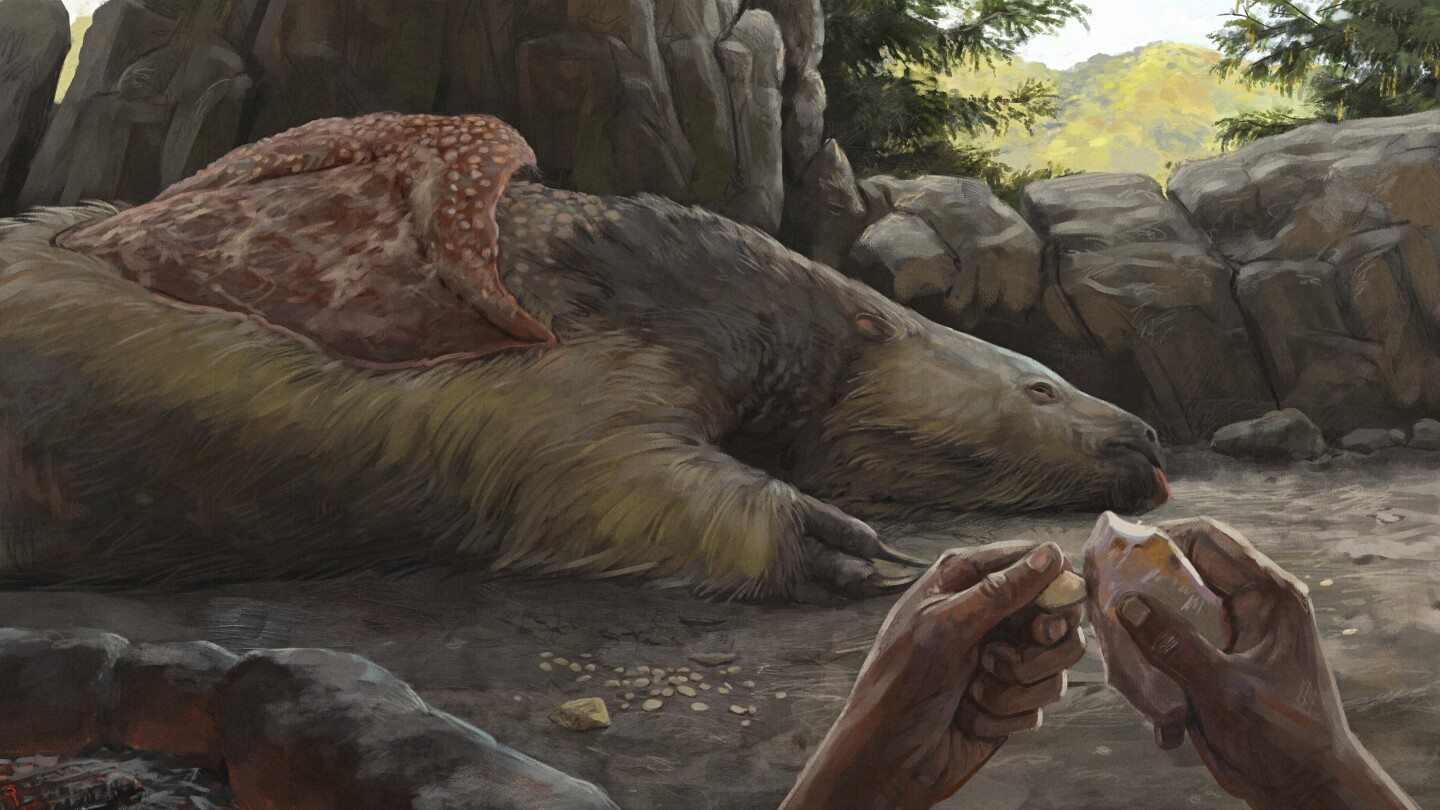For a long time, scientists believed the first humans to arrive in the Americas soon killed off these giant ground sloths through hunting, along with many other massive animals like mastodons, saber-toothed cats and dire wolves that once roamed North and South America.
But new research from several sites is starting to suggest that people came to the Americas earlier — perhaps far earlier — than once thought. These findings hint at a remarkably different life for these early Americans, one in which they may have spent millennia sharing prehistoric savannas and wetlands with enormous beasts.
“There was this idea that humans arrived and killed everything off very quickly — what’s called ‘Pleistocene overkill,’” said Daniel Odess, an archaeologist at White Sands National Park in New Mexico. But new discoveries suggest that “humans were existing alongside these animals for at least 10,000 years, without making them go extinct.”
This research raises a lot of interesting questions, but it seems premature to deem the overkill hypothesis dead. The timing for extinctions outside of the Americas still lines up quite well. My hunch is the Clovis culture somehow was able to dominate pre-existing people across the continent and that they may have been responsible for these extinctions but hopefully further research will shed more light on the sequence of events.
Also, deextinction should be a consideration for these lost megafauna. We don’t know how their absence may have degraded these ecosystems but based on the loss of other large mammals it could be a substantial problem that we’re simply unaware of.
There’s still controvercy.
“(Clovis theory) was a nice story for a while, when all the timing lined up,” said paleoanthropologist Briana Pobiner at the Smithsonian Institution’s Human Origins Program. “But it doesn’t really work so well anymore.”
In the past 30 years, new research methods — including ancient DNA analysis and new laboratory techniques — coupled with the examination of additional archaeological sites and inclusion of more diverse scholars across the Americas, have upended the old narrative and raised new questions, especially about timing.
“Anything older than about 15,000 years still draws intense scrutiny,” said Richard Fariña, a paleontologist at the University of the Republic in Montevideo, Uruguay. “But really compelling evidence from more and more older sites keeps coming to light.”



